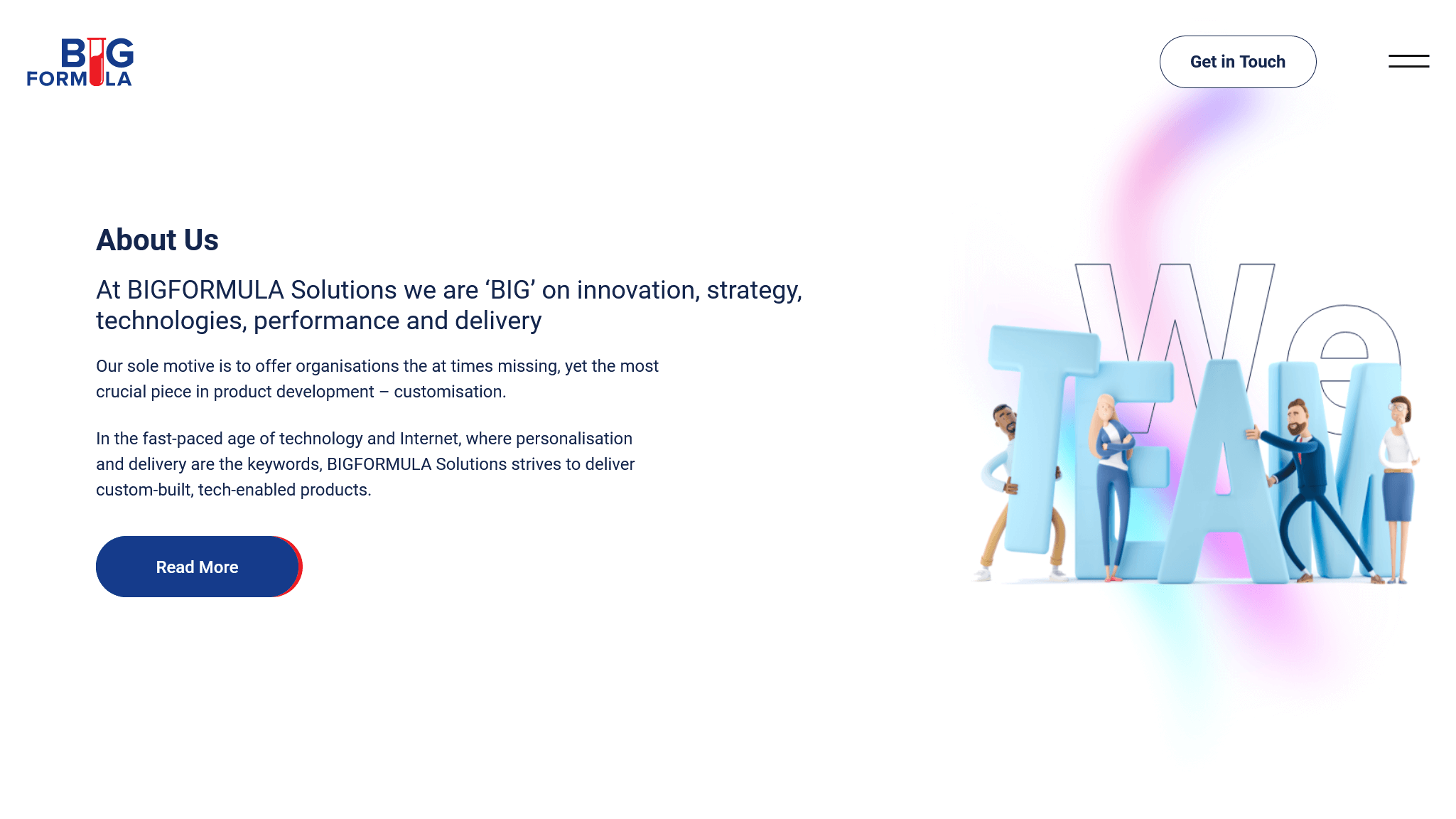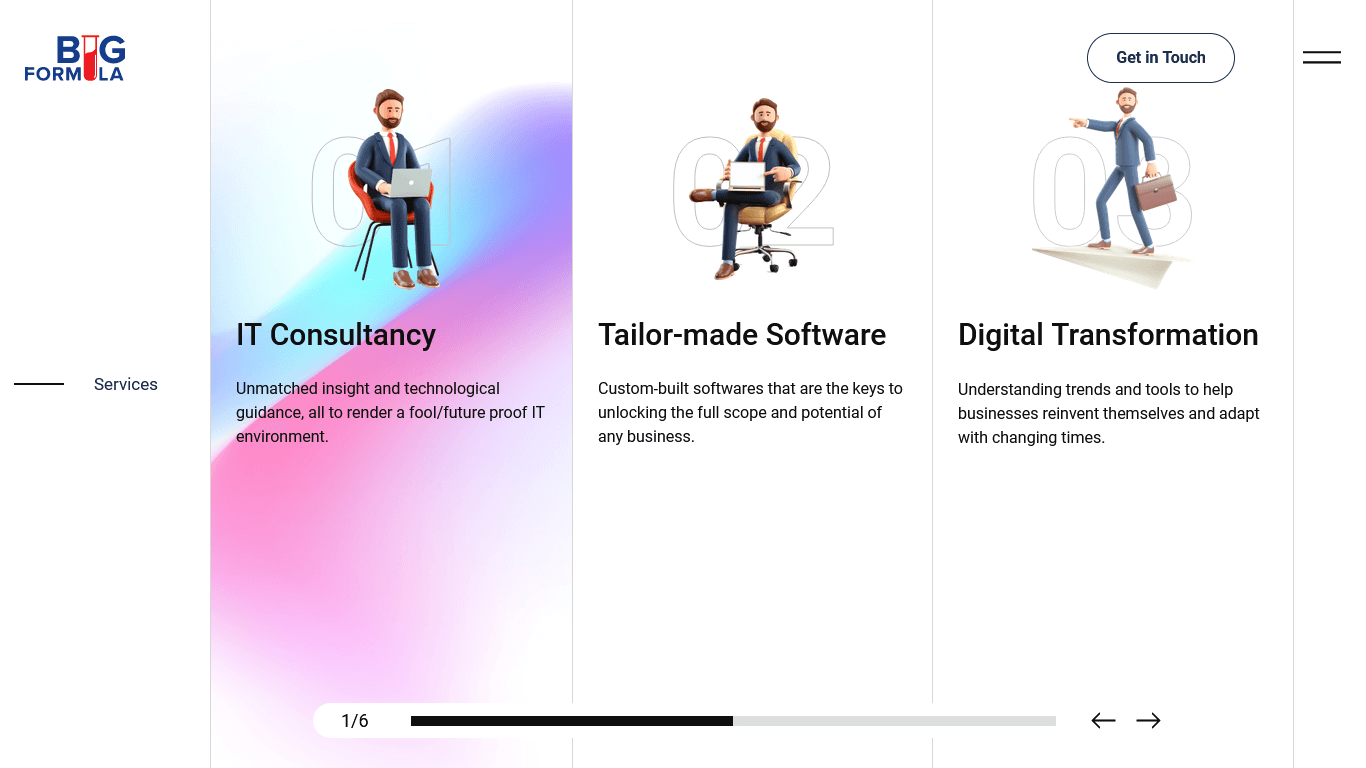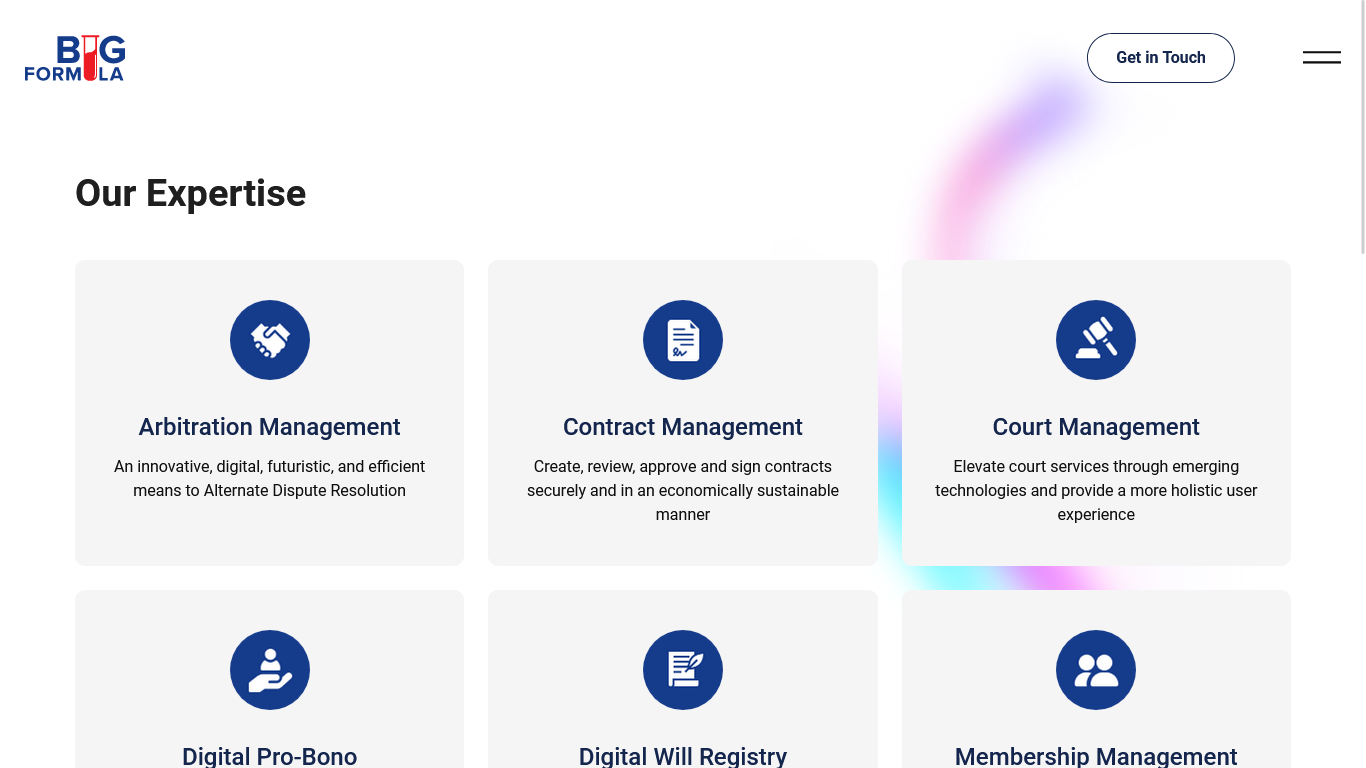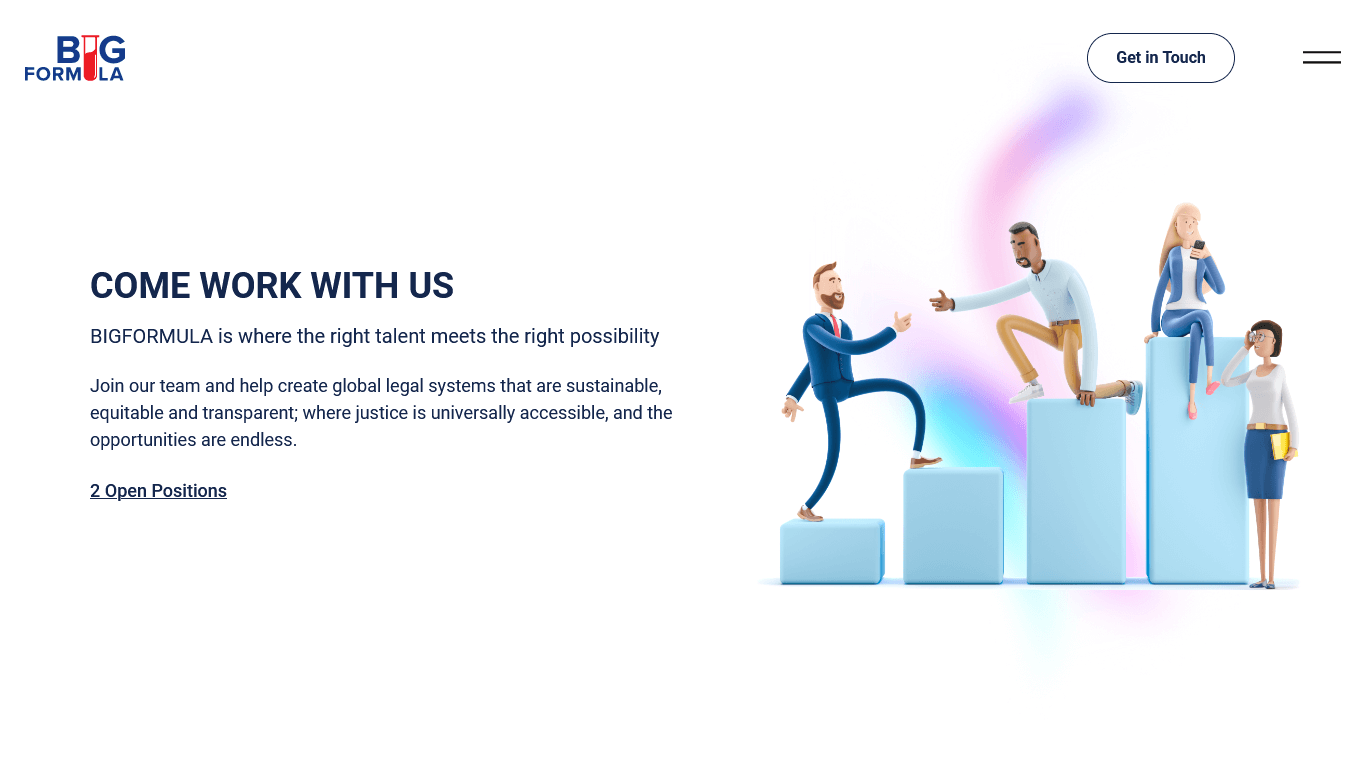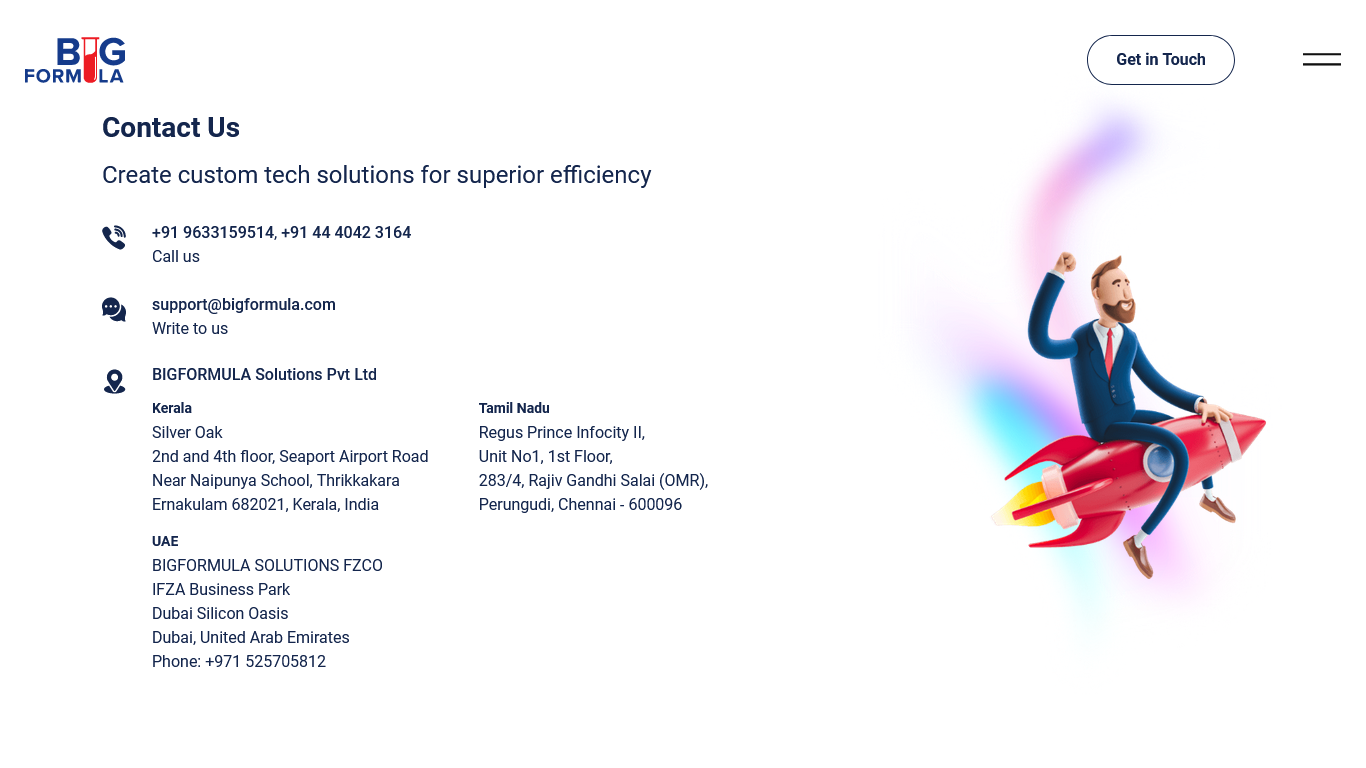Virtual Courtrooms: Click the Link to Enter the Future
Having charged full speed along with the tech bubble and at the rear end of a pandemic that was just as revelatory as it was catastrophic, we can now solemnly declare that the future is here. Virtual Courtrooms are a reality.

In 1997, just before the boom in technological advancements, and way before the time-induced dependency on said tech advancements, Frederick I Lederer, a professor at Law at the William & Mary Law School in the United States predicted:
‘The Courtroom is a place of adjudication, but it is also an information hub… it is the centre of a complex system of information exchange and management. Ultimately because lawyers and judges deal continuously with “data”, high technology courtrooms exist, and virtual courtrooms are possible’1
In 2016, citing the same in a paper for the SSRN Electronic Journal, Supreme Court of India advocate Chitranjali Negi wrote:
‘The legal system is changing. Most of the nation’s lawyers, judges, legal administrators, and support personnel long ago adopted word processing, electronic legal research, time and billing programs, and, increasingly, varying forms of case management software. Electronic filing, already in use in a number of courts, is a topic of discussion in many jurisdictions. We are on the road to the virtual courtroom. Unless we take an intentional early exit elsewhere, our final destination is clear.’2
In 2022, having charged full speed along with the tech bubble and at the rear end of a pandemic that was just as revelatory as it was catastrophic, we can now solemnly declare that the future has arrived and the speed with which it came to us has been unparalleled. Today, virtual courtrooms are a reality and that is in no small parts thanks to the tech-enabled yet socially distant nature of our lives.
Advanced technologies within courtrooms are of course a hot topic of discussion in many legal circles and a cause for concern for many more. But the need of the hour and the endless possibilities presented has forced the legal industry to push through the concerns and try to find a balance that embraces modern courtroom technologies without compromising on the safety, security and legitimacy of the court. And that is where BIGFORMULA Solutions does its best work.
Having already designed and deployed versions of enhanced case and contract management systems, filing and registration systems and many more functionalities that allow courts to go paperless, we, at BIGFORMULA, are proudest of our more simpler solutions that tackle complex and more urgent problems, i.e., our seamless video conferencing tool!
The BIGFORMULA business collaborative tool for video conferencing has been conceived with the singular goal of simplifying remote hearing capabilities. Its built-in and customisable features and scheduling capabilities from a range of devices facilitates collaborative working that is easy and convenient. Its single point collaborative component makes the vetting process both secure and thorough – enabling courts to function without added concerns or restrictions.
The Internet has made it possible for courtrooms to be easily configured online. In India, the existing legal infrastructure may face difficulties with access to and may struggle to adopt advanced technologies effectively, but to be a part of the future society, courts will have to take necessary steps to accept the changes. As with any new tech advancement, virtual courtroom will surely evolve, but in today, post-pandemic climate, it seems like they are here to stay.
References:
- I Frederick, Lederer, ‘The Courtroom as a Stop on the Information Superhighway’, REFORM, volume 4, Posted: 1997.
- Chitranjali Negi, ‘Virtual Courtrooms: Concept & Overview’, SSRN Electronic Journal, 2016.
Still curious about Virtual Courtroom Technologies?
Reach out to us and schedule and free consultation


